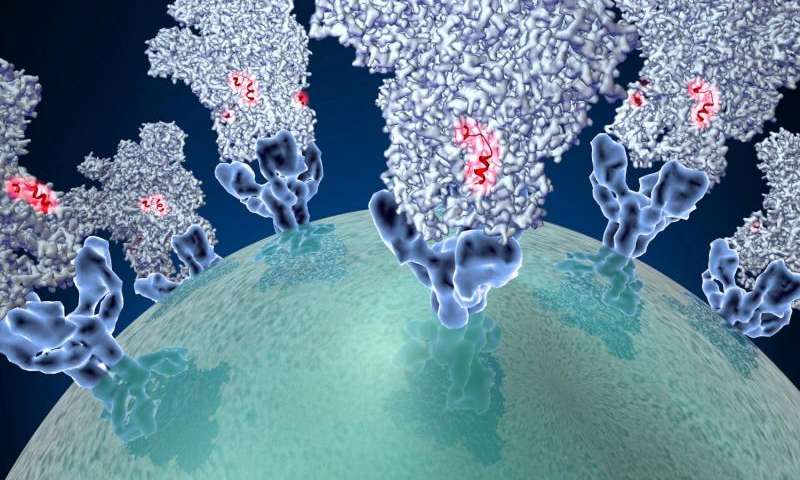By using high-resolution cryo-electron microscopy and supercomputing, researchers have been able to analyze in detail the infection mechanisms of coronaviruses.
A research team that included scientists from the University of Washington (UW), the Pasteur Institute and the University of Utrecht has obtained an atomic model of a coronavirus spike protein that promotes entry into cells. Analysis of the model is providing ideas for specific vaccine strategies. The study results are outlined in a recent UW Medicine-led study published in Nature. David Veesler, UW assistant professor of biochemistry, headed the project.
These viruses, with their crowns of spikes, are responsible for almost a third of mild, cold-like symptoms and atypical pneumonia worldwide, Veesler explained. But deadly forms of coronaviruses emerged in the form of SARS-CoV (severe acute respiratory syndrome coronavirus) in 2002 and of MERS-CoV (Middle East respiratory syndrome coronavirus) in 2012 with fatality rates between 10 percent to 37 percent.
These outbreaks of deadly pneumonia showed that coronaviruses can transmit from various animals to people. Currently, only six coronaviruses are known to infect people, but many coronaviruses naturally infect animals. The recent deadly outbreaks resulted from coronaviruses overcoming the species barrier. This suggests that other new, emerging coronavirus with pandemic potential are likely to emerge. There are no approved vaccines or antiviral treatments against SARS-CoV or MERS-CoV.
Photo Credit:Veesler Lab/University of Washington










